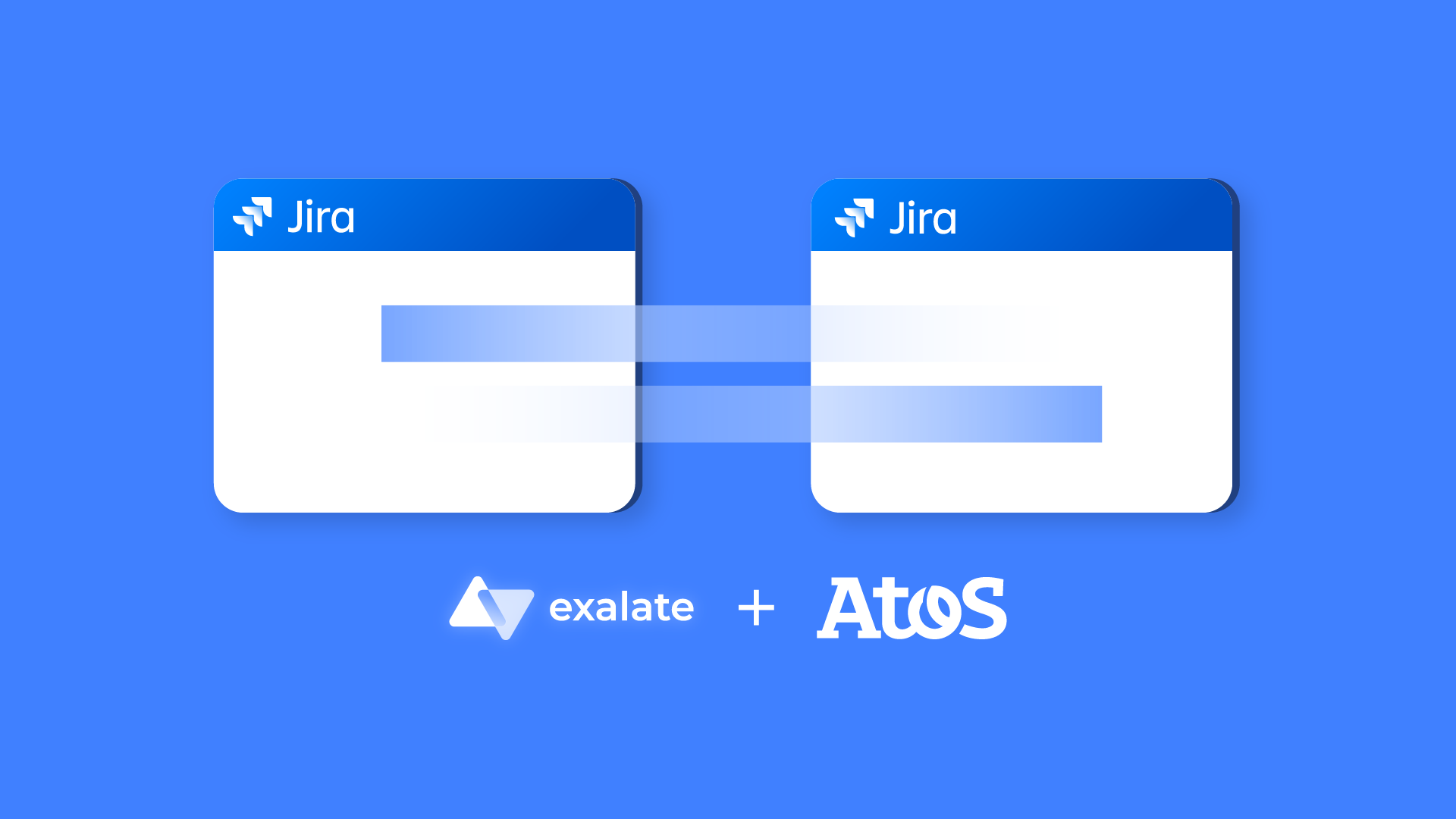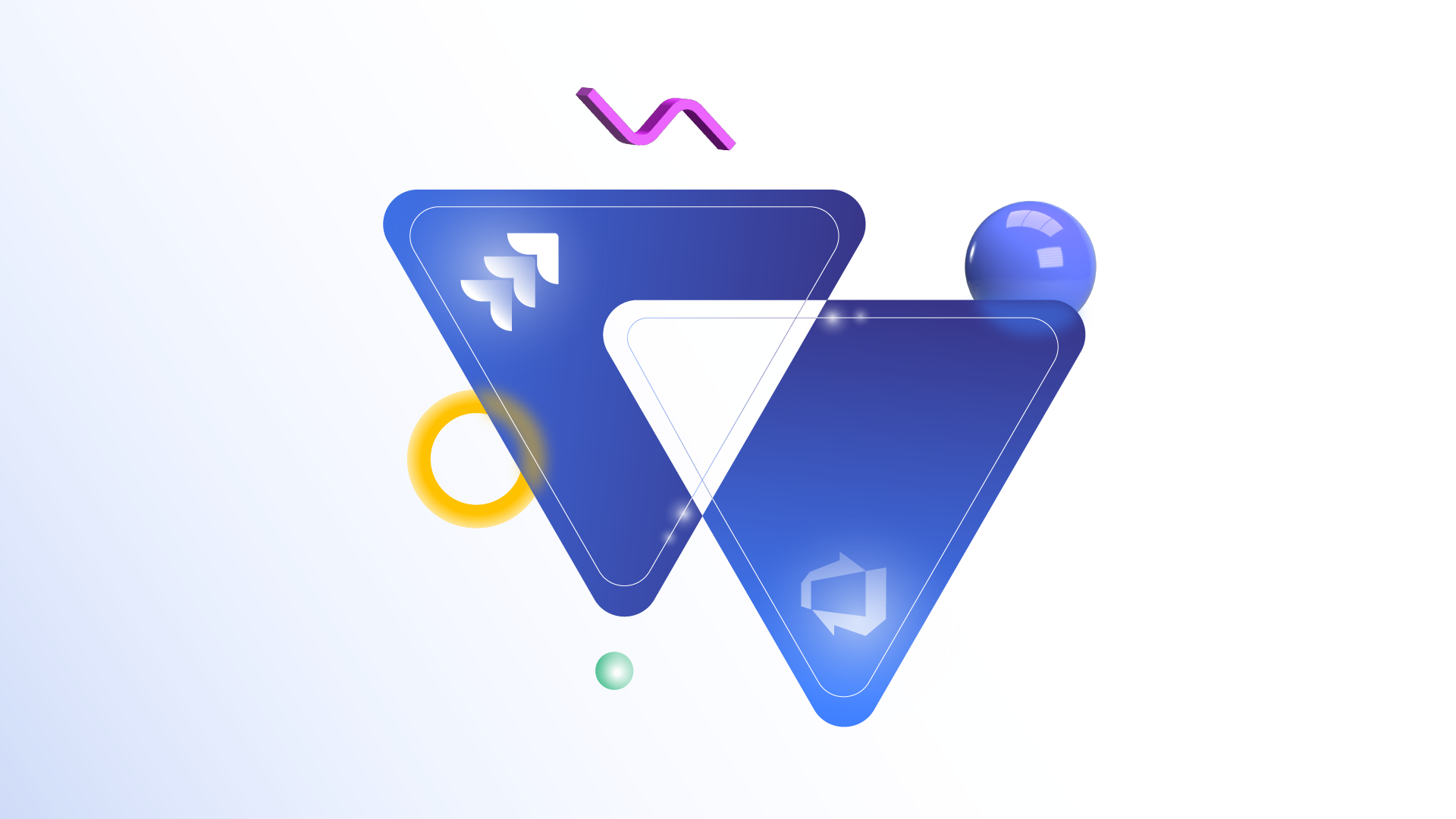With the SaaSification of everything in full swing across industries, companies now use tons of SaaS products for different aspects of their business.
But this presents a problem: how can you connect all these systems (CRMs, ERPs, HRMs, cloud applications, and communication tools) in order to unify data and draw insights from a single source of truth?
The answer is SaaS integration.
Join me as I explore the definition and application of SaaS integration, as well as why every modern organization should explore it.
What is SaaS Integration?
SaaS integration is the process of connecting two or more SaaS applications in order to make them share data in real-time, near real-time, or in batches.
BMC estimates that over 90% of companies worldwide use at least one SaaS solution. Extrapolating from that, it is easy to assume that innovative companies have tens and hundreds of SaaS applications.
With that in mind, SaaS integration is the only way teams within these organizations can function together without the creation of information siloes.
Otherwise, they’d have to request, filter, and transfer data manually-–which is prone to human error and other risk factors.
How Does SaaS Integration Work?
You can implement SaaS integration using different connection models:
- Point-to-point integration between multiple endpoints or nodes.
- Hub-and-spoke integration involving a central hub and several ‘spokes’ or nodes.
- Hybrid integration, which combines different models of interconnectivity.
In general, different SaaS integration models have a similar working principle: connect two systems to get them to exchange data.
Here is how it works.
Say you are working with Salesforce, and you want to integrate the data with AWS. You’d need to get the APIs of both systems to interact.
To make this work, you need an integration solution acting as an intermediary between these disparate systems.
You could write custom code and conduct multiple tests to ensure you are calling the right endpoints. You could also use SaaS-native integration or automated third-party solutions to simplify the process and shun human error.
Other implementations of SaaS integrations include:
- A native integration built in-house or by default as a standard feature;
- Integration platform as a service (iPaaS), which is a variation of SaaS that delivers integration services as a cloud application or service;
- Robotic process automation (RPA) involves the use of AI-powered bots to collect information from business systems.
Once you connect the right endpoints, data will flow between them based on the established rules and mappings.
In the same process, the integration middleware will use transformers to convert the data on the local side from the native format in order to present it in a machine-readable format on the remote side.
Once properly set up, all the interconnected systems within the integration platform for SaaS will be able to share data.
Different Applications of SaaS Integration
Let’s check out common SaaS integration examples, use cases, and scenarios:
- Implementing SaaS to SaaS integration for consolidating sensitive business data and product documentation into secure databases for industry-compliant cloud storage and centralized warehousing
- Using SaaS application integration to streamline internal and external communication through messaging platforms such as Slack and Microsoft Teams
- Using an integration platform for B2B SaaS to connect with suppliers, vendors, and managed services providers (MSPs) in order to share data in real time and maintain healthy data practices for B2B integrations
- Bolstering the efforts of sales teams by integrating data between CRMs (HubSpot) and helpdesk applications (Zendesk, ServiceNow, etc.)
- Combining e-commerce with marketing and design with the help of data obtained from platforms such as Canva, MailChimp, and Shopify
- Increasing project management efficiency for companies using multiple work management systems such as Jira and Azure DevOps
- Using SaaS integration services in cloud computing for connecting cloud services such as Azure, AWS, and others. Companies developing progressive web applications can use AWS SaaS integration to consolidate data from multiple cloud infrastructures
- Enhancing the accuracy of data analysis using a vast array of analytical tools that may not be available on one system
- Improving employee productivity and satisfaction by integrating management and performance analytics from HR management systems (HRMS)
Why is SaaS Integration Difficult?
SaaS integration can cause you headaches if you don’t have the right systems and procedures. Here are some SaaS integration challenges to contend with:
SaaS Sprawl
“SaaS sprawl” means that your organization has too many SaaS applications, and you are struggling to keep track of them. It is the natural consequence of having too many non-integrated systems.
The wider the SaaS sprawl, the more complex the SaaS integration strategy. Companies often forget they are paying for certain SaaS applications.
In some cases, changes to the API of one system might necessitate a reconfiguration of the SaaS integration solution.
Cost
SaaS software integration can be cost-effective for small businesses with few applications. But once your SaaS applications number in the hundreds, finding suitable, reliable SaaS application integration services becomes a challenge. You often end up having to pay extra for multiple integrations or custom configurations.
Technical Expertise
Speaking of custom configurations, you need IT professionals who can build a functional SaaS integration diagram that fits perfectly into your product ecosystem.
Yes, building SaaS integration products from scratch is a herculean task that involves nailing dynamic endpoints, taming non-interoperable systems, and crushing bugs.
If your team decides to build the integration in-house, this can lead to massive backlogs and customer dissatisfaction.
In the end, you’ll end up outsourcing to SaaS integration companies.
Platform Support and Limitations
Let’s be real here: finding a universal platform that can integrate every SaaS application is impossible.
Some SaaS integration software supports only a handful of platforms. Suppose you want to integrate data from Salesforce, Jira, and MailChimp, but the integration supports only connections between Salesforce and Shopify.
This is an understated bummer. You now have to build an integration in-house or find another solution that can address this deficit.
Even if you find SaaS data integration services that meet your integration needs, you still need to worry about API call limitations, product stability, usage rules, and compliance.
Another issue to contend with is vendor lock-in. Once you choose a SaaS app integration services provider, you have to adapt your systems and processes to their infrastructure.
Legacy Systems
Not all applications and services within your enterprise follow the SaaS model. The main culprit here is legacy systems.
Integrating legacy systems with modern SaaS solutions can be heavy lifting, if not impossible.
Sometimes, the cost of modernizing legacy systems to level up with newer systems is so high that companies opt to abandon the process and leave the system outside the integration web.
Integration Security
Integrating multiple systems and applications into a centralized hub introduces a single point of failure. If the center breaks down, the rest of the system crumbles around it.
In a similar fashion, cross-company integrations with other organizations introduce an extra point of vulnerability.
If your partner or vendor on the other end doesn’t follow proper SaaS integration security and data management procedures, your data will be exposed to external threats.
Why Your Company Needs SaaS Integration Software
Global trends and the rate of adoption indicate that SaaS integration products and platforms are the future. According to Statista, the market value for SaaS products is $644 billion.
Whether you have two or 1001 applications, here are the potential SaaS application integration benefits for your business or organization.
Increased Productivity
SaaS workflow integration removes the need to manually filter and share data between systems using automated triggers and scripts. This increases workflow efficiency by reducing the time and resources required to copy data back and forth.
Better Data Quality and Accuracy
With the automation of data transfer and collection, SaaS service integration and management can eliminate human error and all associated risks. This improves the quality and accuracy of data required for making decisions within the organization.
Higher Flexibility and Scalability
Automated integration for SaaS platforms makes it possible to scale operations (up or down) according to business requirements. This helps companies expand their data ecosystem as more functions and applications enter the pipeline.
Better Analytics and Reporting
Access to a centralized data source makes it easy for managers to consolidate your company’s data for comprehensive analysis.
SaaS data integration solutions also connect with third-party data management tools that can store, filter, and synthesize information from vast amounts of data.
Transparency and Trust
The single source of truth that SaaS integration tools provide is a catalyst for trust and transparency—especially for cross-company collaborations.
When both sides have the same view of process-relevant information, they can make decisions under a safe blanket of mutual trust.
For instance, an e-commerce company can use a SaaS Stripe integration along with invoicing software to handle payroll, invoicing, and billing when working with a marketing agency.
Both sides can also trust the market performance and penetration data if they have a full view of all the data.
Enhanced Employee and Customer Satisfaction
For companies specializing in customer-facing products and services, integrating help desks and customer service portals will help them understand and address customer concerns better.
This trickles down to employees. When people from different departments and teams have access to all the information they need, they can make better decisions — which boosts employee morale.
How to Set Up a Successful SaaS Integration Strategy
Here are some tips and best practices for setting up SaaS integration strategies for your organization:
- Map out the SaaS integration patterns for all the applications, services, and systems you want to integrate.
- Micro-map the specific projects, entities, and even data fields you want to sync. E.g., what amount of code meets the minimum requirements for synchronization?
- Create and follow coherent SaaS application integration designs for every scenario.
- Set the right expectations and outcomes across all teams.
- Use SaaS integration testing for every endpoint, script, or mapping in order to ensure they are fit for purpose.
- Adopt SaaS integration solutions with an intuitive interface in order to suit technical and non-technical users.
- Train team members to manage, set up, and control SaaS integrations independently.
- Communicate with the integration partner to determine points of cultural and procedural alignment.
- Specify roles and restrictions to control access to the data.
- Choose SaaS integration services with a proven record of delivering optimum performance, support, security, and maintenance.
- Add multiple security protocols and encryptions to bolster security.
- Use only industry-compliant SaaS integration platforms when handling sensitive business or consumer data.
- Plan for the future by using only automated, scalable SaaS API integration tools.
Implementing SaaS Integration With Exalate
For successful bidirectional integration, you need an integration platform that can handle multiple use cases, scale with your organization, and guarantee the security of your data.
You also need to follow and document all SaaS integration best practices to establish comprehensive patterns for every scenario.
Exalate is the perfect SaaS integration solution that allows you to sync data between CRMs, code repositories, and work management systems.
For companies relying on integration-as-a-service (IaaS) solutions, Exalate supports integrations at two levels of difficulty.
- Basic Mode: Default no-code mappings for non-technical users and simple integration scenarios.
- Script Mode: A low-code mode for setting up advanced connections.

The Script mode gives users access to AI Assist, which is an AI-powered chatbot that helps to generate scripts for mapping different objects, fields, and entities. This speeds up the creation and optimization of connections significantly.
Supported platforms include Jira (on-premise and cloud), Salesforce, Azure DevOps, ServiceNow, Zendesk, and GitHub.
Exalate uses role-based access, tokenization, firewalls, etc., to protect sensitive information from unauthorized access. To learn more about Exalate’s robust security, read the security whitepaper.
You can watch the SaaS integration podcast to see how companies use Exalate. Want to learn more about Exalate? Contact our experts to get started.
Recommended Reading:







